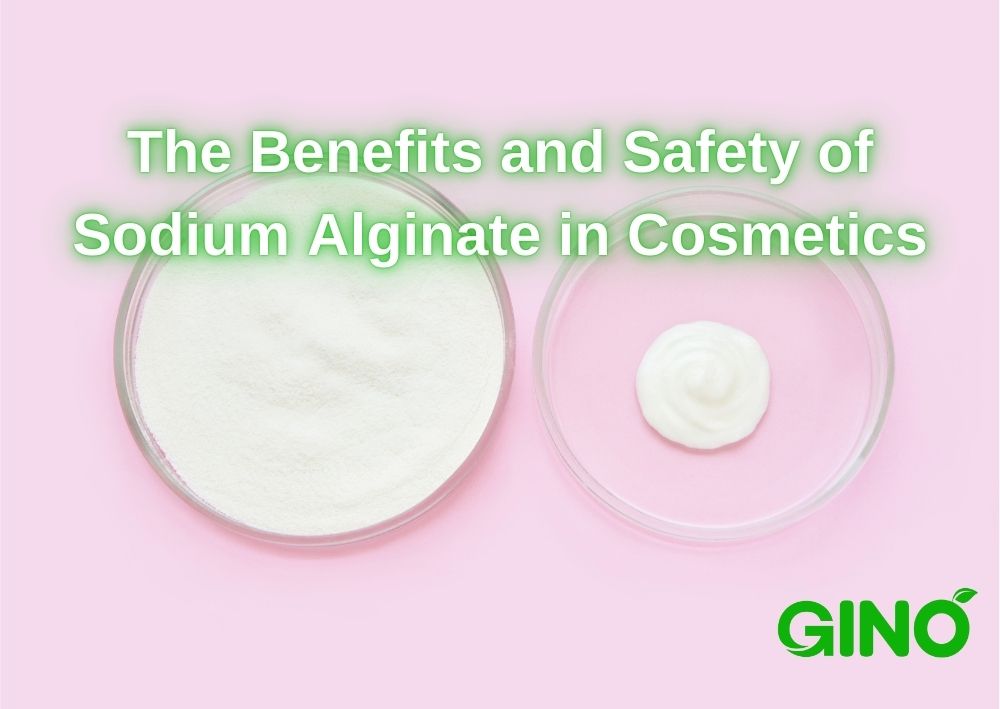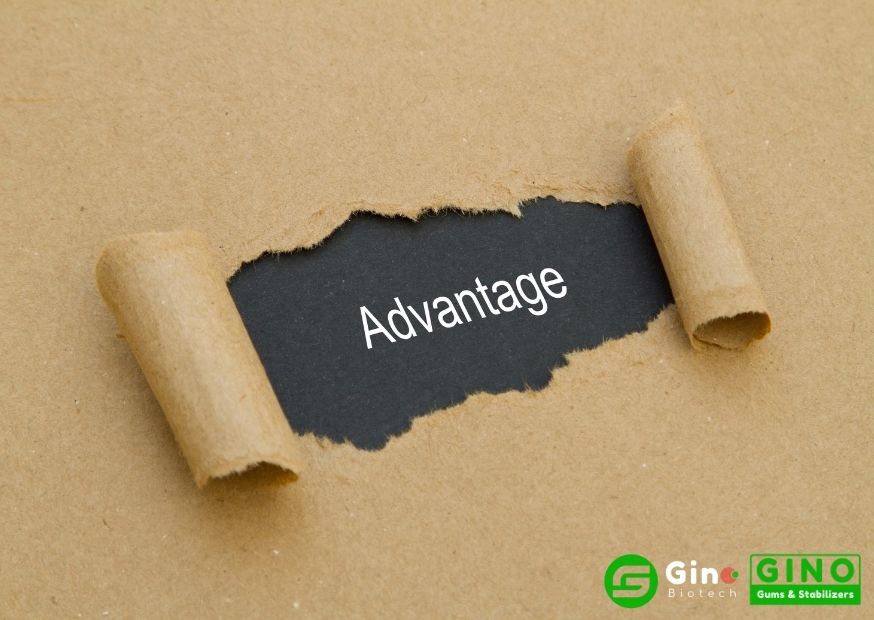
If you are looking for trusted hydrocolloid gums and stabilizers suppliers in China, Gino could be a better choice. We provide better ingredients options and the best solution to boost your business. Read More
Customer Focus
Products Development
Customized Packaging
Technical Support
Fast Service




















